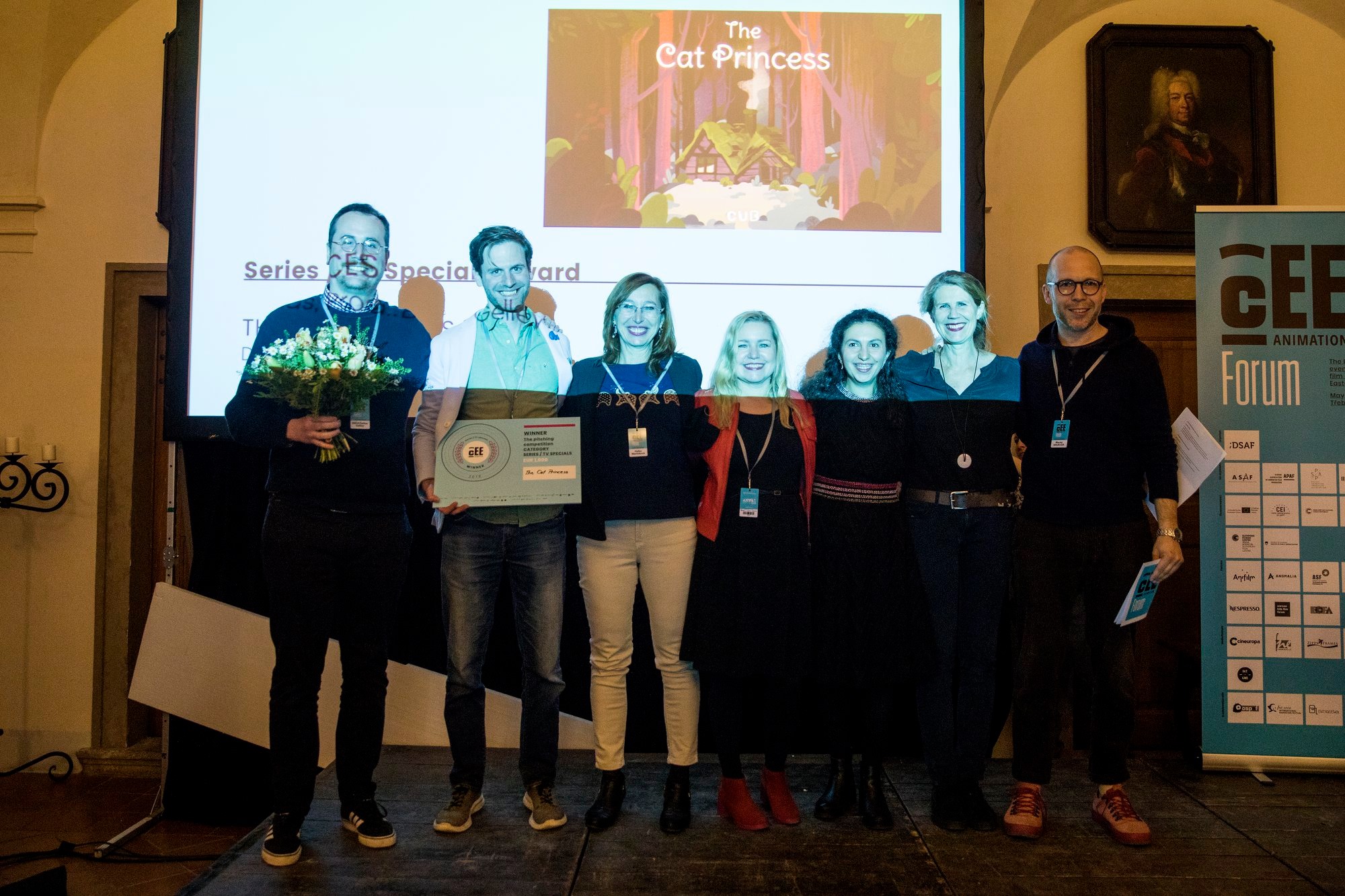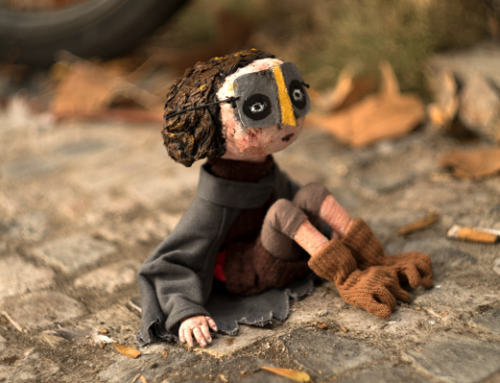Manuela Lumb has been working as a producer for children and family TV channels for many years. During her prolific career, she has gained broad experience in fundraising and brand-management of children and family projects. She spent twelve years as the chair of Cartoon Movie, Cartoon Network and Cartoon Springboard. In her native Germany, she worked with TVFilm Studio or Motionworks production company before embarking on a successful path toward the independent producer and consultant she is today. I met Manuela in Třeboň, where she was a jury member of the CEE Animation Forum’s category Series and TV specials.
Your domain in the field of animation is mostly projects oriented at child audiences. Have you noticed any gradual changes or trends during your prolific career?
In my experience, children are the only audience that isn´t really interested in trends. Trends and children don’t go together – children are new creatures with no previous experience, and to them anything can be quite new, as they have nothing to refer back to or compare with. So I think that from the content/narrative point of view this is still the same: the crucial thing is to have a strong story they can relate to and which they could easily experience themselves. Equally important is to have interesting and strong heroes (mainly in adventure stories for boys) who children can identify with. It’s really funny when some years you suddenly see more dogs or hens featuring in the stories on Cartoon Network … But at the end of the day, everybody knows that for a certain age group dinosaurs are going to work best and that’s just how it is.
And from the formal aspect – have you noticed any trends?
In my personal experience, I’ve been seeing more and more projects turning to 3D visualization. In contrast, there has been a decline in the number of puppet animation and 2D projects in Europe in the last few years. And if one happens to appear, it is usually aimed at pre-school and younger children. The vast majority of animation projects for older children is really in 3D at the moment and the question is whether this isn’t perhaps a shame. Recently, I´ve experienced several instances while working on projects when we wanted to draw inspiration from the visualization of illustrated books for children but the feedback from producers said that these visualizations are outdated and too artistic and that children want the visual to be more “mainstream”.
You mentioned adventure stories for boys. How about girls and their representation in contemporary animation projects for children?
This is a really serious problem that we’re currently dealing with. We had some research done recently and the conclusion was that girls aren´t being represented enough in programs for children. It’s something many people take really seriously these days – both public and private TVs – as nobody wants to artificially maintain gender imbalance, especially in programs for children which should be setting an example in this matter. I think that is also why the situation is changing at the moment.
However, it is important to realize that the problem is not only the lack of representation of girls, because when there is a girl or female character represented in a series we also need to free ourselves from all the stereotypes connected with visualization (e.g. the choice of specific colours for boys and girls), as well as with the narrative and the script (e.g. girls are at home while boys experience adventures outdoors). I am also pleased to see on screen more so-called non-traditional families which are intertwined and have more complicated relationships – we’re just trying to reflect the real 21st century.
Thanks to your profession, you visit many international animation markets and pitching forums. What is your experience with Czech projects?
To be honest, unfortunately I haven´t come across any Czech projects in the field of children´s serial production that I work in. However, that’s not necessarily a problem of Czech animation itself or of local animators; it is merely a reflection of the non-existence of the animation industry in a given country – a lack of bigger studios that would be able to work on bigger and more long-term TV serial projects. But I must assure you that I can also see a similar situation in many other European countries, even in Germany, where there aren´t enough big studios.
Another problem is the fact that, first of all, you need to get a strong co-producer for your project who can bring in the money. Truthfully speaking, this is the most important thing at the moment. In terms of trends, visualization and artistic approach as we have discussed them you can find nice things in any European country. I think that in this respect there isn´t any uniqueness that’s completely irreplaceable elsewhere. I know this might sound harsh but I think this is really the case.
What advice would you give Czech animators in this difficult situation?
One thing I have noticed in relation to Czech animation (and also Eastern European or Central European animation in general) is a great strength in authorial puppet animation. I think that if an animator wants to make his name in children´s serial production, one should focus on this domain, because puppets are becoming popular again, even in the so-called animation mainstream – and two famous American names come to my mind now: Wes Anderson and Tim Burton. If I wanted to make an animated puppet series for children myself, I would definitely look for animators from Eastern Europe so they could bring into the project their own tradition and expertise.
Moreover, personally I have great respect for Czech animators and all other people in the local animation business, because I know that the conditions aren´t very easy and authors must often make a great effort and show much determination to bring their project to production and consequently finish it. I’ve noticed that Czech animators work hard and that´s always very important on an animation team. The enthusiasm and determination of young local authors brings me joy and brings optimism and energy to my own professional future.
Author: Eliška Děcká


